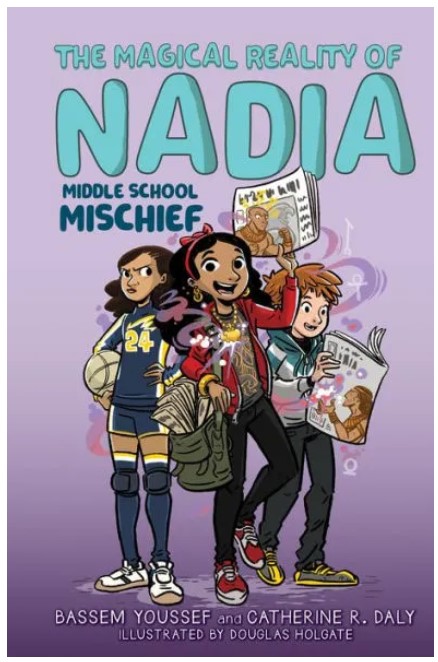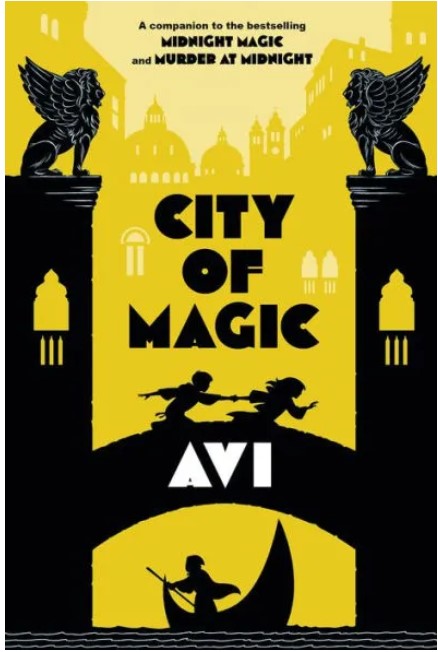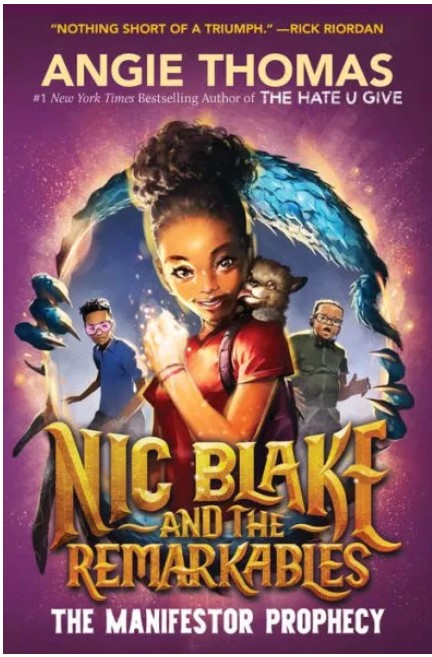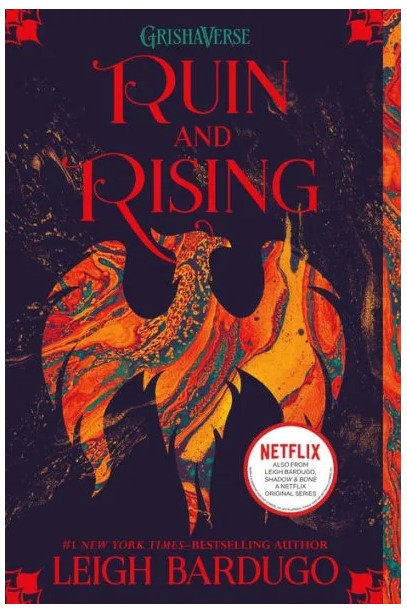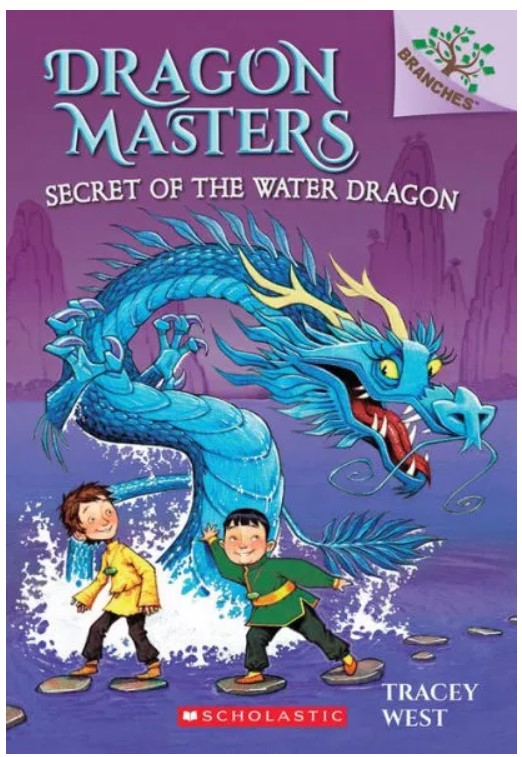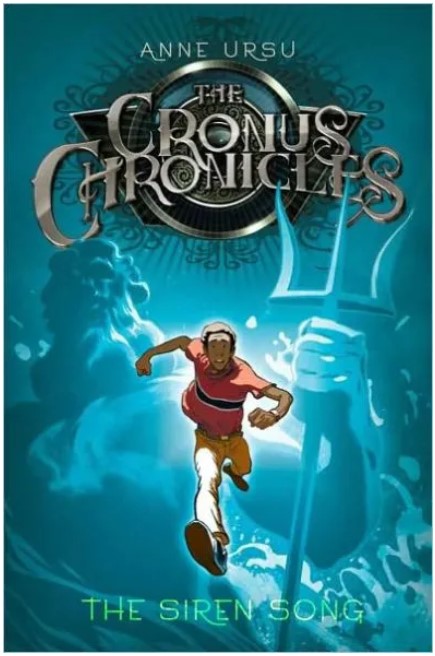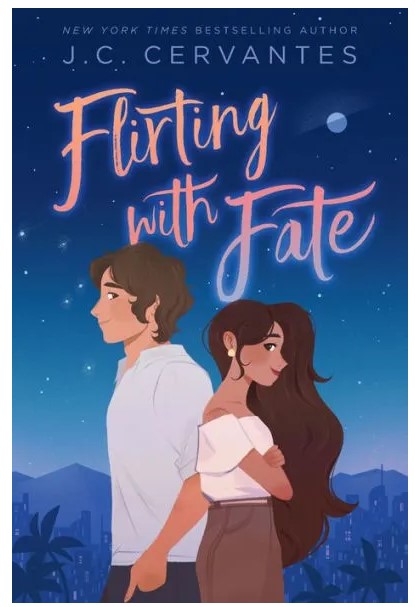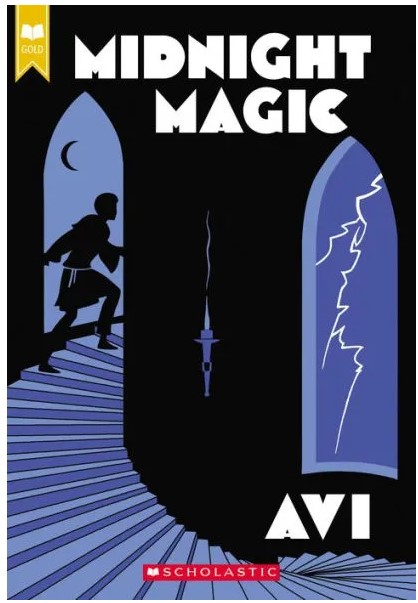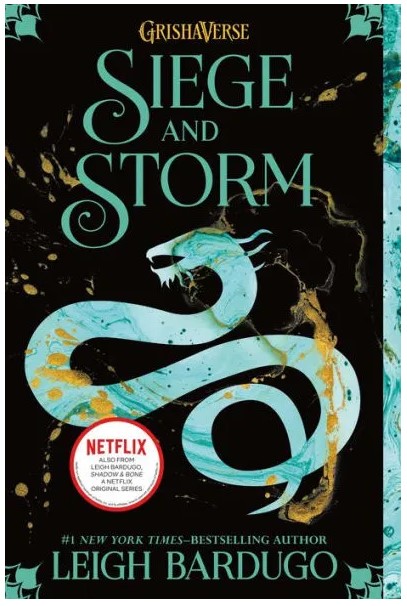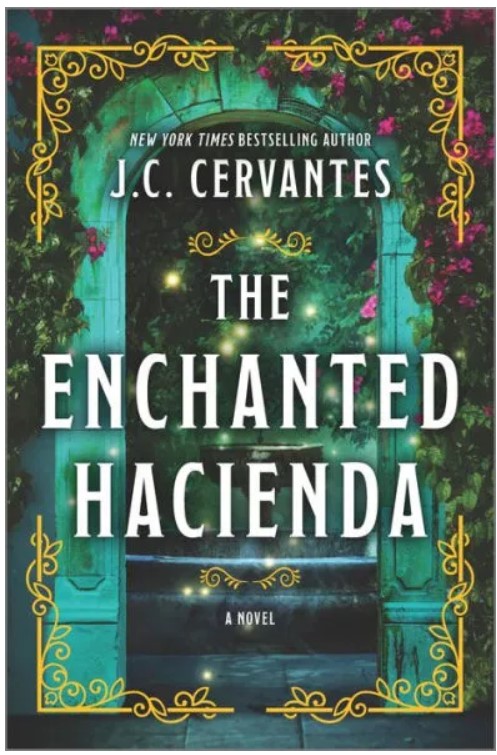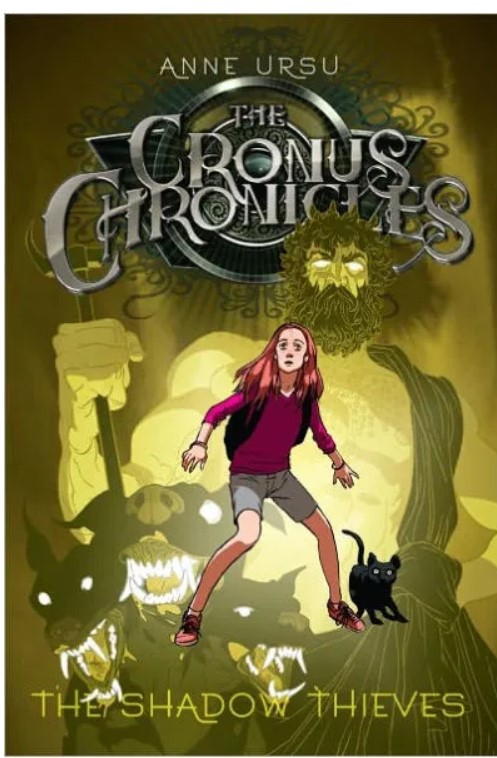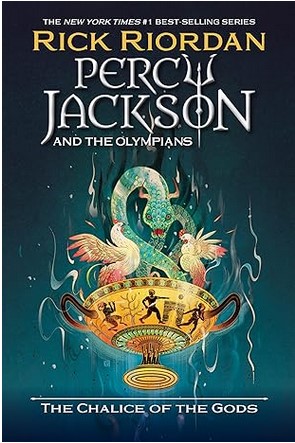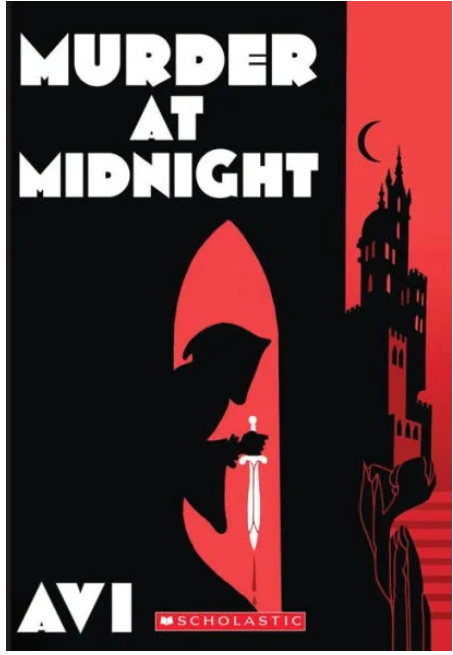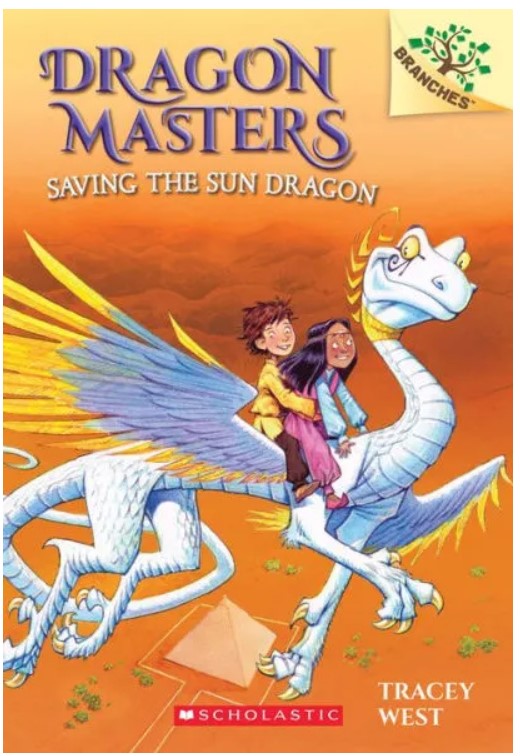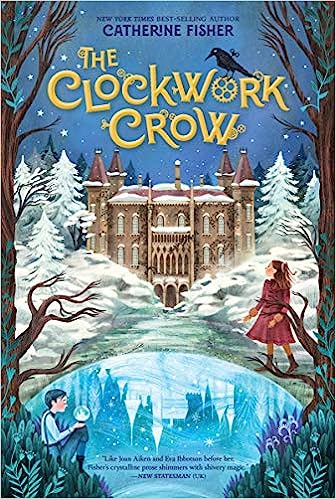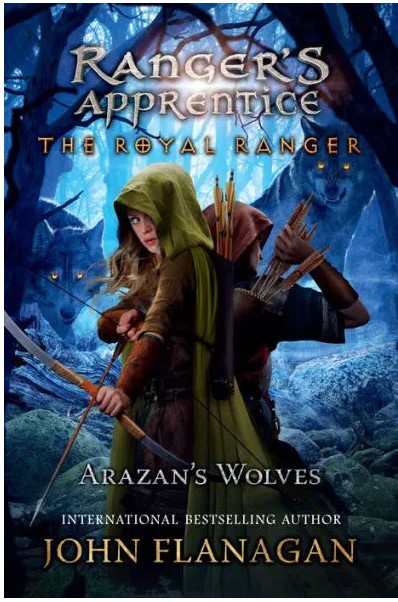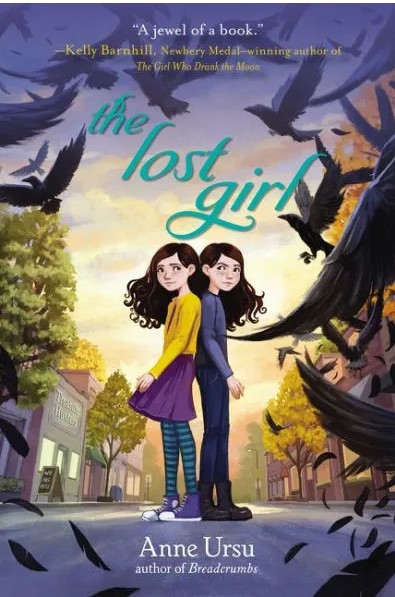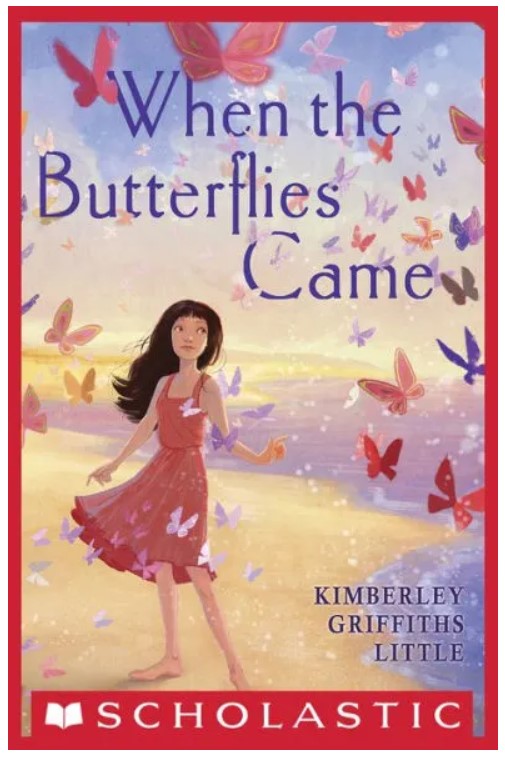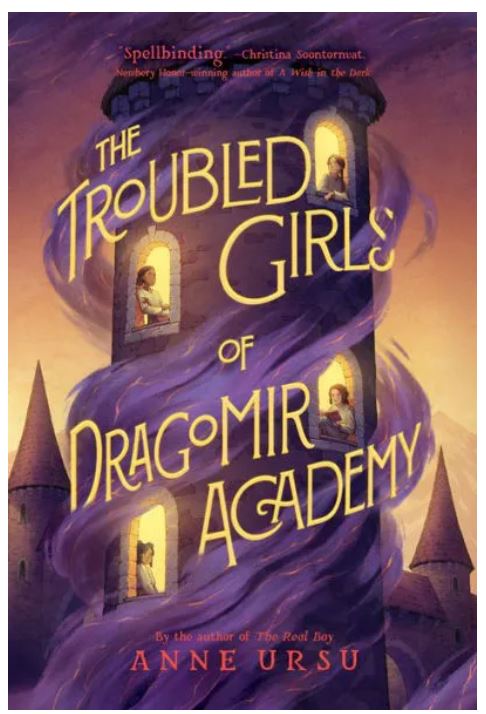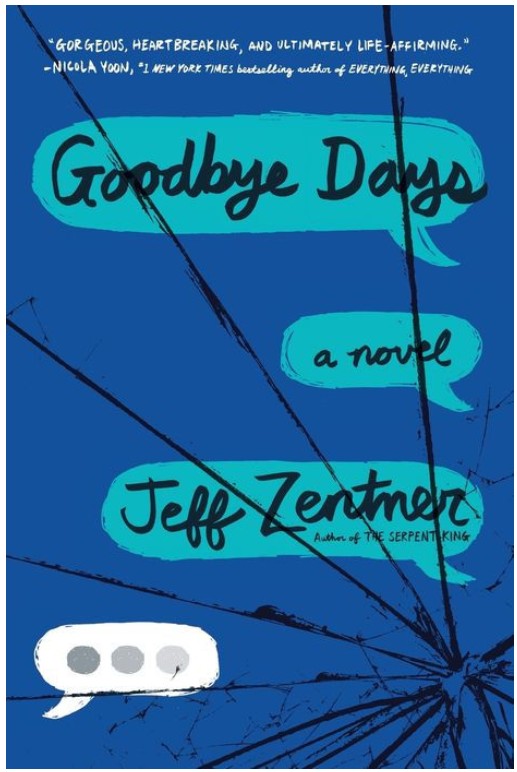Is everything in our lives predetermined, or do we truly possess the ability to make choices? This thought-provoking question delves into the depths of human existence and raises profound philosophical inquiries. It forces us to ponder our agency and contemplate the intricacies of fate versus free will.
This existential exploration forms the core of the extraordinary journey embarked upon by Charlotte Mielswetski and Zachary Miller. As the two protagonists find themselves unexpectedly transported back to the realm of Greek Gods, they become entangled in a web of divine destiny and mortals’ decisions. The collision of these two worlds sets the stage for an epic narrative of monumental proportions.
In the wake of their encounter with Poseidon, the divine realm undergoes a chaotic transformation that bewilders even the gods themselves. The enigmatic disappearance of Poseidon, the emergence of terrifying monsters, and the relentless battles among the gods all contribute to the mounting tension that looms over Earth. Mortal lives hang precariously in the balance as the very fabric of existence unravels.
Once again, the weighty responsibility of restoring order falls upon the shoulders of Charlotte and her beloved cousin Zachary, affectionately known as Zee. Their odyssey takes them on a perilous journey to the sacred Mount Olympus, where they face their most formidable challenge yet—none other than Zeus himself. However, this time, they must confront the mighty ruler of the gods without the aid of the Prometheans. As they grapple with the guilt of leaving behind their families and battle their arch nemesis, Philonecron, Charlotte and Zee embody resilience and determination in their unwavering pursuit of justice. Every ounce of their courage and wit are put to the test as they strive to reestablish harmony and balance.
Throughout the captivating Cronus Chronicles Trilogy, readers will undoubtedly find themselves deeply enamored with the courageous and relatable protagonist, Charlotte Mielswetski. As they journey through the pages of this extraordinary series, their affection for Charlotte will grow stronger with each passing chapter. However, it is in this final installment of the trilogy that the undeniable connection between readers and Charlotte will be solidified, leaving an indelible mark on their hearts and minds. Brace yourself for an unforgettable conclusion that will leave readers yearning for more, as the remarkable journey of Charlotte reaches its climactic end.
As readers delve deeper into the story and form a bond with Charlotte, they will also find themselves captivated by Zee. With his unwavering determination, sharp intellect, and deep affection for his cousin, Zee becomes a beloved character who will undoubtedly win readers’ hearts. Throughout the narrative, readers will be filled with anticipation and excitement as they witness Zee fearlessly confront and overcome various challenges that come his way.
The Immortal Fire is an incredibly captivating and exquisitely crafted piece of literature that will undoubtedly engross readers from the very beginning all the way to the end. With its masterful prose and incredibly vivid descriptions, this truly compelling story takes readers on an unforgettable journey alongside the cousins as they courageously embark on the thrilling and perilous last leg of their epic adventure alongside powerful divine beings. Whether you are a devoted fan of Greek mythology or simply someone who is seeking a truly enthralling and deeply immersive reading experience that will transport you to another world, The Immortal Fire is the perfect choice.
Sexual Content
- None
Violence
- Philonecron, a descendant of Poseidon and the arch-nemesis of Charlotte and Zee, finds himself in possession of the trident. He uses it to change Poseidon into a sea cucumber. This gives Philonecron the courage to continue changing gods, so they are not in his way. Unfortunately, Poseidon’s son Triton is no different. “Triton gasped, as if to suck in the whole sky, and lifted the horn to his lips. But it never got there, for Philonecron swung the trident forward – he was getting really fast with it now – and where there was once a fish-tailed centaur on a life raft, there was now just a very small, fish-tailed weasel with a tiny conch shell around its neck.”
- Philonecron stops to visit the Oracle to see if she can tell him if he is fated to overthrow Zeus. When he is unsatisfied with the Oracle’s answer, he uses the trident against her. Philonecron levels “the trident at her. Within a matter of moments, an enormous, festering pimple appeared right in the center of her forehead. The oracle shrieked, hands flying to her face.”
- The Prometheans argue over whether it is right to let Charlotte and Zee escape with a boy named Steve, who is the prophesied son who would overthrow Zeus. Mr. Metos (a descendant of Prometheus and the cousin’s English teacher) and another Promethean, Timons, argue over whether to sacrifice Steve. This leads to an almost deadly battle between Timons and Mr. Metos. “Mr. Metos, turning his arm slightly, flicked his wrist. The dagger moved through the air, spinning balletically, and Timon let out something between a grunt and a yell as it pierced his thigh. [Timons] stumbled and grabbed his leg, the gun dropping to the floor. He seemed to be screaming curses . . . And then Timon had the gun in his hands again, and just as Mr. Metos reached for another dagger, he had leveled it at them, his face contorted in pain and rage. And then everything happened at once. There was an explosion from the gun, and at the same time, Timon screamed and wrenched to the side. A bullet flew through the air, whizzing by. . . hitting the wall. Timon fell to the floor, writhing, another dagger lodged in his shoulder.” Thankfully, no deadly harm is brought to either Promethean, but it is at this point the cousins escape with Steve.
- While sneaking around Mount Olympus, Charlotte stumbles upon a room full of gods. While she listens intently to their conversation, she is struck in the back with an arrow. “Charlotte could hear her scream hanging in the air like a big flashing neon arrow. Her heart started beating so fast it seemed it might run right off the rails. Everything seized up, and she was ready to burst off running somewhere, except her whole back stuck with pain, and she felt something cold and deadly begin to spread where the arrow had joined with her flesh. She went green, her skin turned cold.” Charlotte starts to slip into death, but Hera commands Appollo to heal her so that she can be brought before Zeus.
- Charlotte and Zee finally face Zeus. Zeus quickly shows his strength by pointing his thunderbolt at Charlotte. “Charlotte yelled and ran at Zeus, fists flailing. Zeus smirked before swinging his thunderbolt, hitting her with the flat of the blade. She let out an inhuman cry as she was flung backward, and she landed in a heap on the floor. She did not move.” Charlotte was again brought close to death, but did not die.
- Philonecron and Steve join Charlotte and Zee at the top of Mount Olympus for the final showdown with Zeus. Philonecron manages to separate the thunderbolt from Zeus and confine him with the power of the trident, but Philonecron must hand the trident, thunderbolt, and the power to kill Zeus all over to Steve to make the final decision.
- In the meantime, Zee grabs the thunderbolt. “As Philonecron screamed at Steve, Zee aimed the thunderbolt and ran toward him, thrusting the sharp point into the god’s back with all his might. Philonecron screeched and arched backward, the trident falling out of his hand. Zee dove for it as Philonecron fell to the ground. And then Zee was standing over him, trident and thunderbolt poised, as his tormentor howled.” Philonecron does not die, but his memory is wiped and he is transported away by two large black birds that come seemingly out of thin air.
Drugs and Alcohol
- None
Language
- Zee and Charlotte begin to grow frustrated with Mr. Metos. While Mr. Metos aims to support humanity, his tactics are not always considerate which leads Zee to yell at Mr. Metos. “You speak to us of these great dangers to us, but you won’t tell us what is going on, so the next thing I know I’m watching Charlotte be carried off by fluffy the Dragon Kitty while you’re skipping around trying to find its nest. So there will be no more locking us in cars, and there will be no more drugging people. We’re involved like it or not. . . You complain about the gods not taking responsibility, but you won’t let us take any . . . it’s arrogant. . . and pigheaded and . . . cruel. And it isn’t nice!”
Supernatural
- After Charlotte and Zee’s encounter with Poseidon, things start to go awry near that area in the sea. The whole world is beginning to take notice of the unnatural incidents occurring across the world. “Something weird was going on. It wasn’t just the half-mile-wide hole that had suddenly appeared in the Mediterranean Sea or the behavior of the dolphins. Strange reports were coming in from the whole region. A fleet of ships from the Croatian navy had disappeared. Sharks off the coast of Rome had gone psycho, swimming after fishing boats and patrolling the beaches. A whirlpool had suddenly appeared in a shipping lane. The waters of the Aegean Sea had turned so choppy that no ship could travel on it. A several-mile-long swath in the Mediterranean had turned pitch-black and cold, as if it had simply died.”
- Charlotte watches these odd events unfolding on television, “A coastal town was being assailed by wind. . . Not a soul was in sight; it was like not a soul existed on Earth — they had all abandoned it to the wind. And then, just like that, the wind stopped. The trees snapped back in relief. All was calm. And then, suddenly, the debris began to stir, and the wind started up again, the trees bowed exhaustedly — in the other direction.”
Spiritual Content
- In the story, Greek Gods are real.



